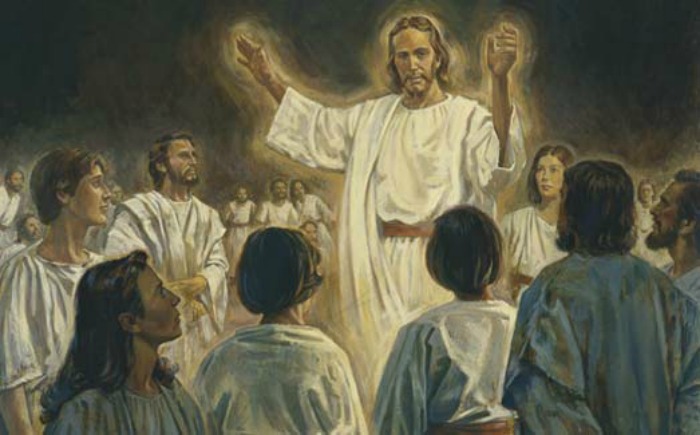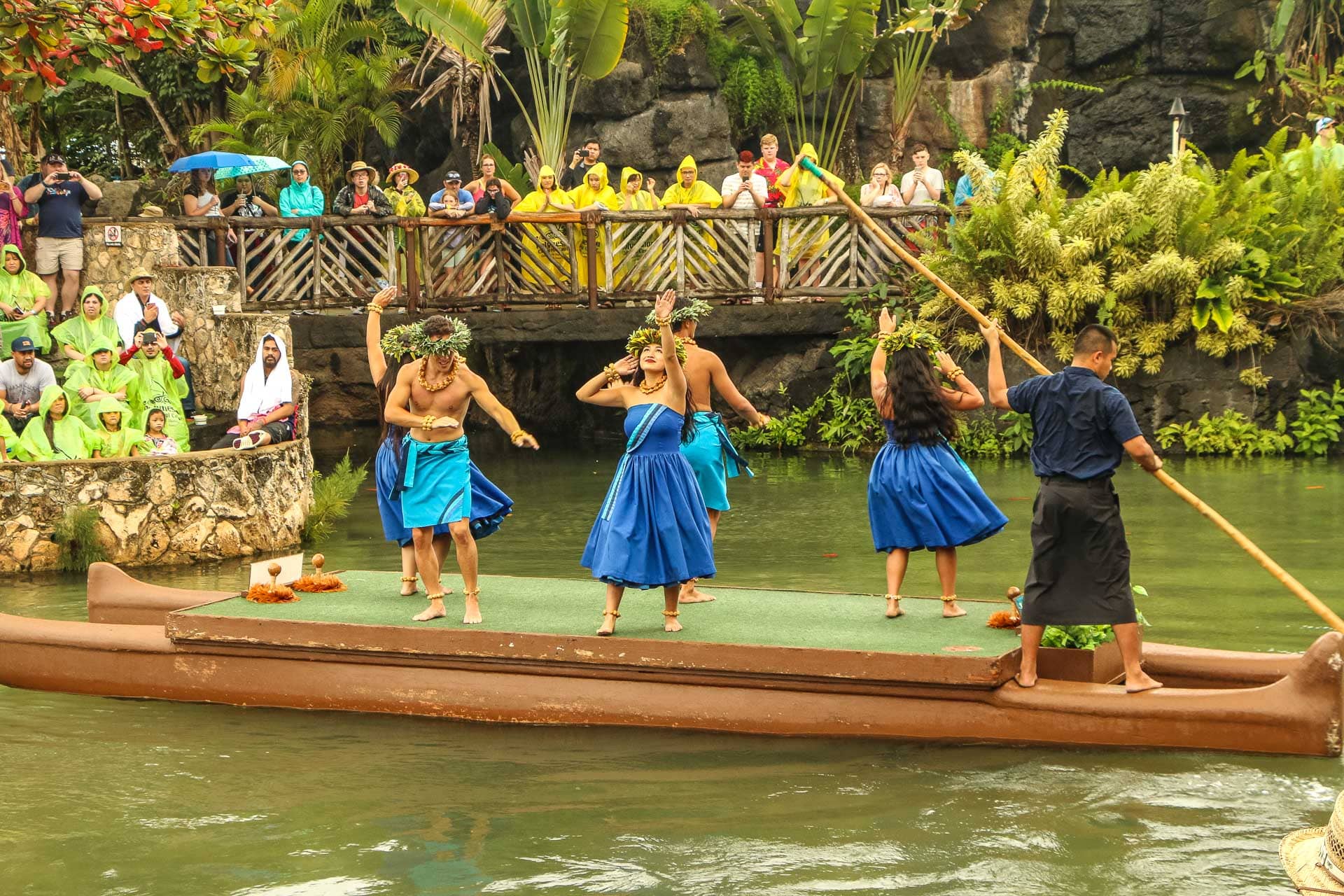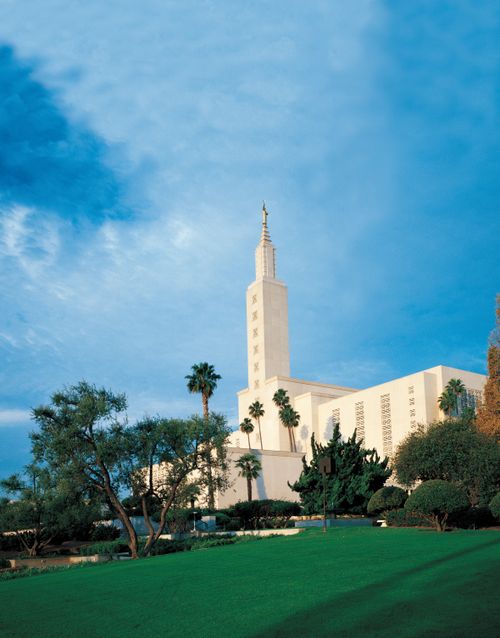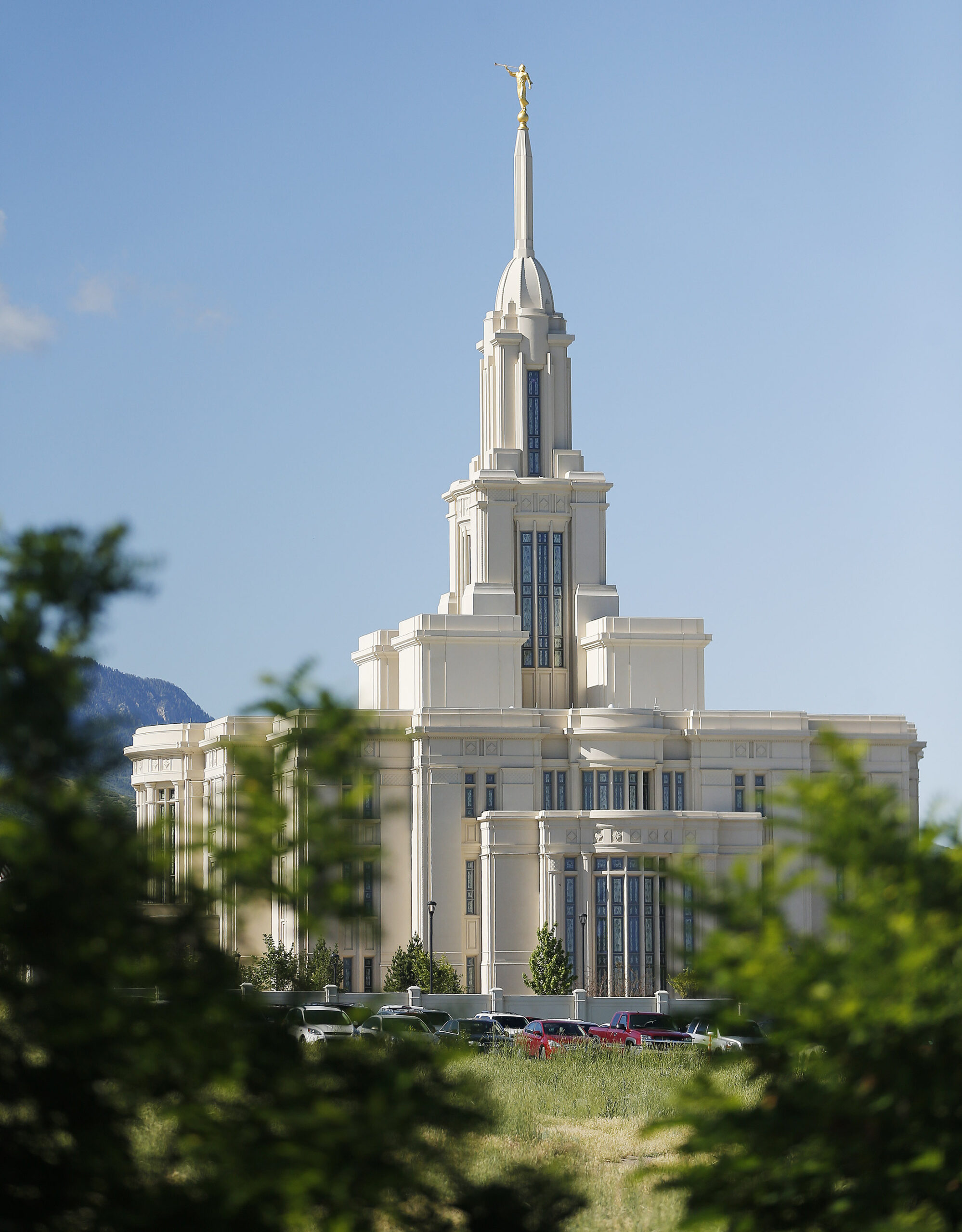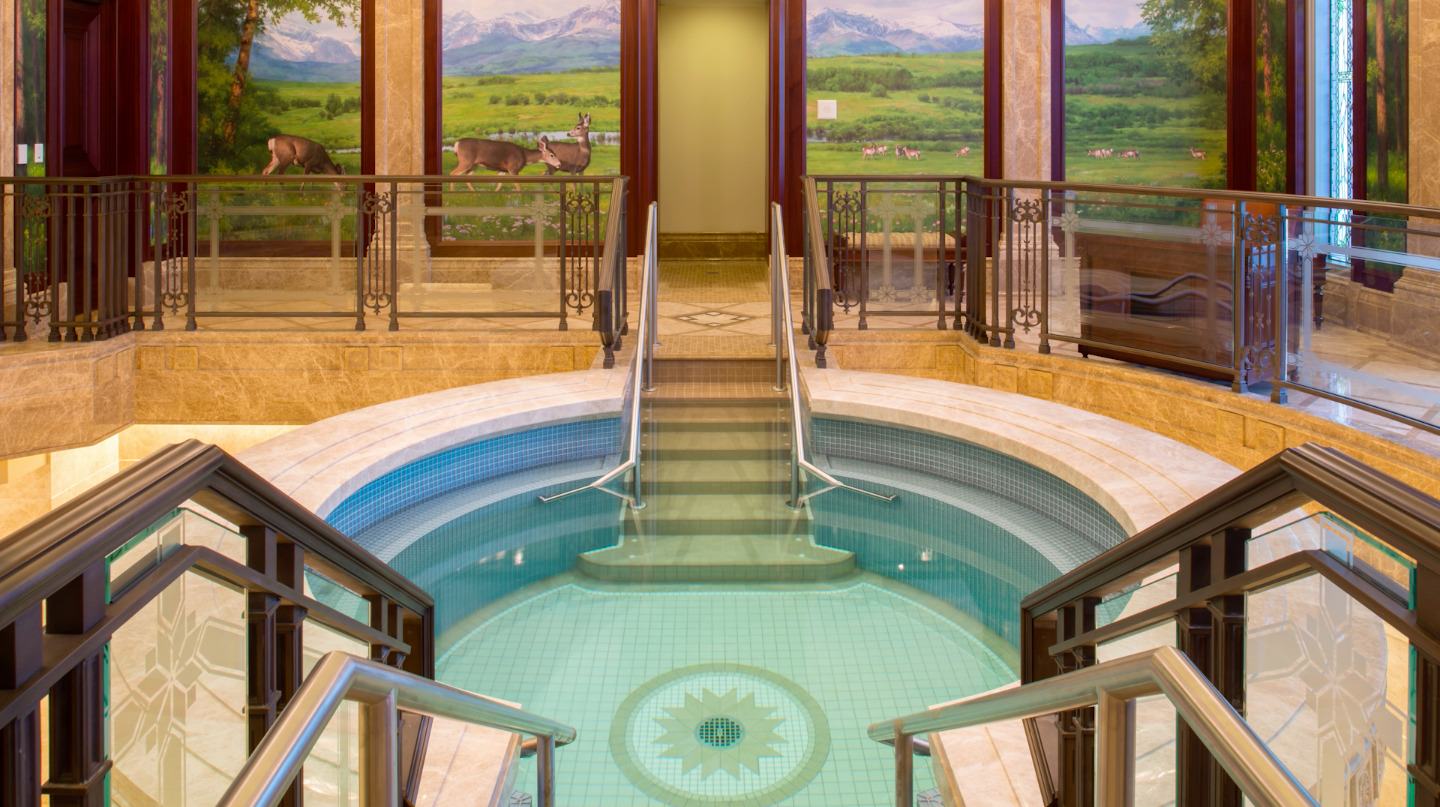Vernal Temple Story
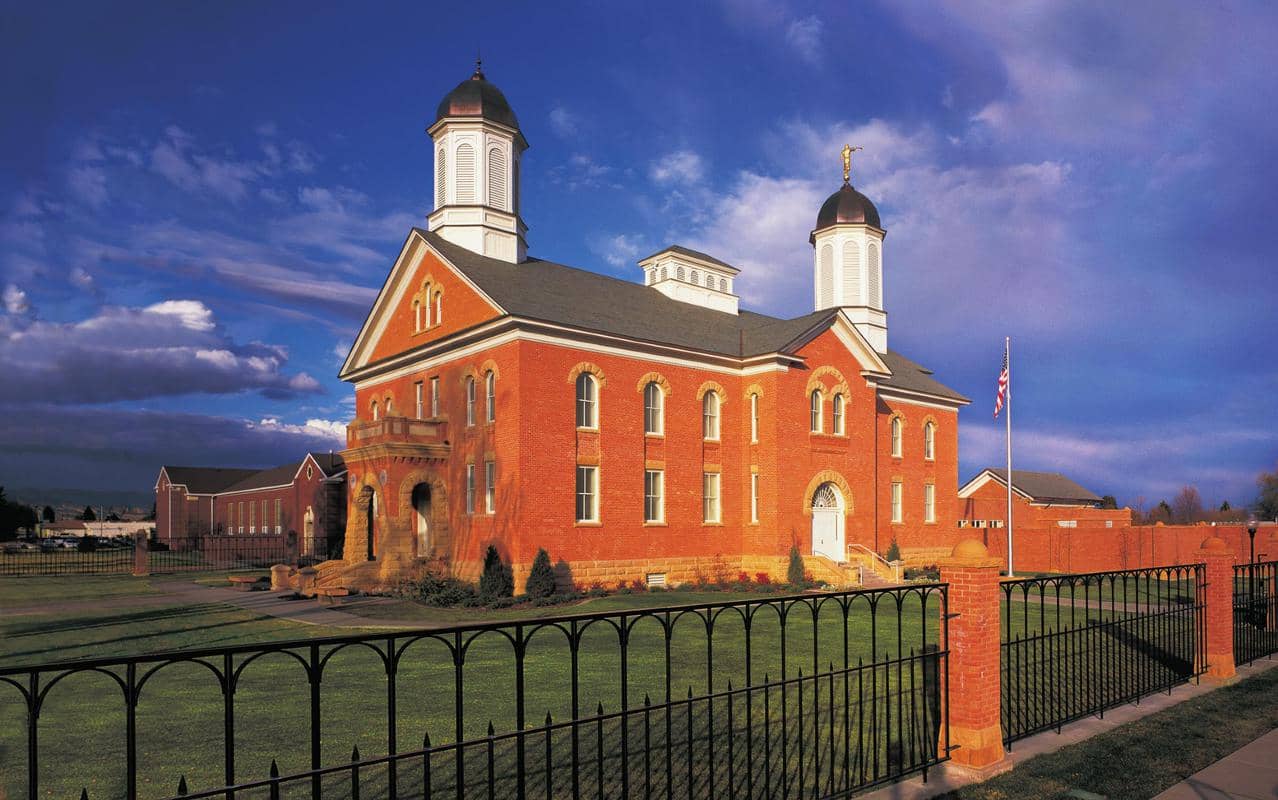

To watch on Youtube click here: https://youtu.be/mxpHsozVbBk
To listen on Spotify click here: https://creators.spotify.com/pod/show/krystine-stephenson/episodes/Vernal-Utah-Temple-Blessing-Story-of-The-Church-of-Jesus-Christ-of-Latter-day-Saints-e31a36u
The Vernal, Utah Temple was the first temple to built from an already existing building. The Vernal Utah Temple started out as the Uintah Stake Tabernacle dedicated by Prophet Joseph F. Smith in 1907. At the dedication of the Tabernacle, President Jospeh F. Smith said he "would not be surprised if a temple was built here some day."
The Uintah Stake Tabernacle was used regularly for community gathering, conferences, baptisms, weddings and funerals. By the 1970's the tabernacle was too worn down to be used regularly for church gatherings. Members of the community worried that the Tabernacle would be torn down, a committee was even formed called "Save the Tabernacle Committee" in hopes to stop the building from being condemned and torn down. The community loved their tabernacle and valued the sacrifices of their ancestors in building their beloved tabernacle. They did all they could to save the Tabernacle.
President Gordon B. Hinckley and Thomas S. Monson toured the Vernal Tabernacle, spending about two hours at the Tabernacle, to see if they could feel what the Lord would have them do with the building. Leaving the Tabernacle President Hinckley said "I don't know what the Lord wants us to do with the building. We will find out." Not long after this visit President Hinckley announced to all the Stake Presidents that they indeed felt inspired to make the Unitah Stake Tabernacle into a Temple of God.
After these many years of enjoying this Pioneer built Tabernacle, the Lord has prepared it to be the next Temple of the Lord. The people of the area were thrilled, that they would have the pioneer building they loved and the blessing of the Temple closer to home.
An inspirational story was recorded from the Vernal Temple Open House. It is recorded that a young woman, attending the open house, commented that her great-grandfather had been told in a blessing that he would help construct a temple for the Lord. This great-grandfather assumed that he was to help with building the Salt Lake Temple, and traveled to Salt Lake City to help. When he arrived in Salt Lake, he was told to go to Vernal and use his talents on the Ashley Uintah Stake Tabernacle. The man did what was asked of him, and went to Vernal. This man faithfully worked on the Uintah Tabernacle until its completion. This great-grandfather never built another building for The Church and died believing this blessing had never been fulfilled. Years after the death of this man, the Vernal Tabernacle was changed to the Vernal Temple and this blessing was fulfilled.
As mortals we have a very limited view on time, and when blessings "should" be fulfilled. Heavenly Father does not have the same limited understanding, and tries to help His children see the bigger picture of Eternity.
The Lord has His own timetable. “My words are sure and shall not fail,” the Lord taught the early elders of this dispensation. “But,” He continued, “all things must come to pass in their time” (D&C 64:31–32).
The first principle of the gospel is faith in the Lord Jesus Christ. Faith means trust—trust in God’s will, trust in His way of doing things, and trust in His timetable. We should not try to impose our timetable on His. As Elder Neal A. Maxwell (1926–2004) of the Quorum of the Twelve Apostles has said:
“Since faith in the timing of the Lord may be tried, let us learn to say not only, ‘Thy will be done,’ but patiently also, ‘Thy timing be done.’”1
Indeed, we cannot have true faith in the Lord without also having complete trust in the Lord’s will and in the Lord’s timing.
References:
"Temples of the New Millenium." by Chad Hawkins
https://www.churchofjesuschrist.org/study/new-era/2005/07/the-right-thing-at-the-right-time?lang=eng




